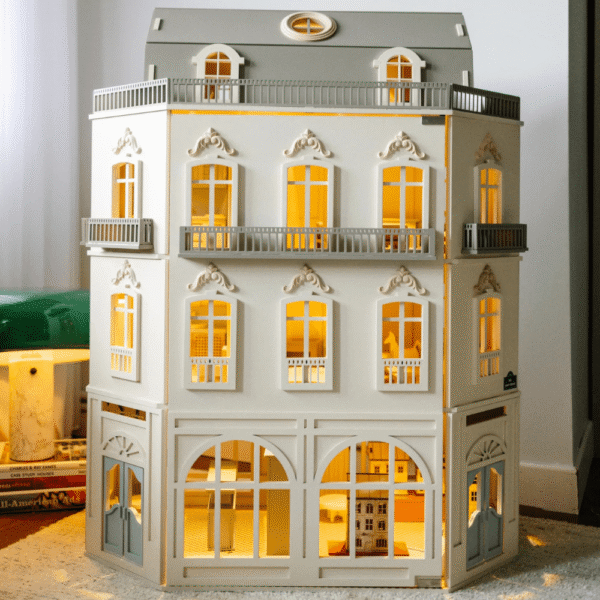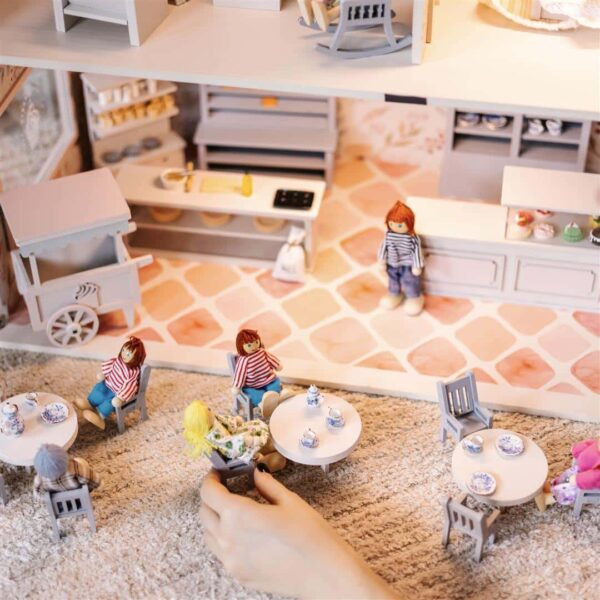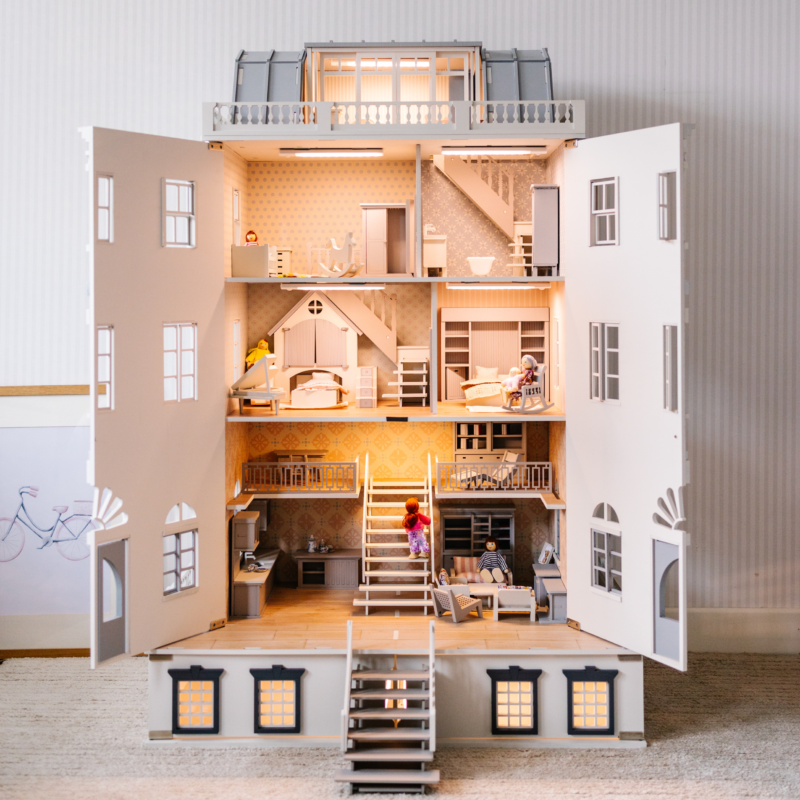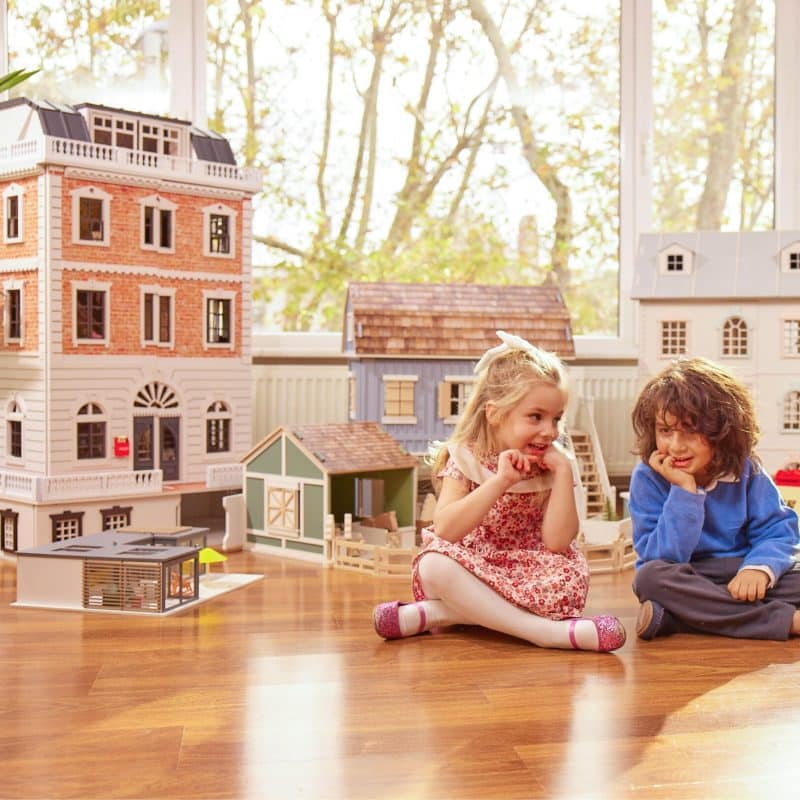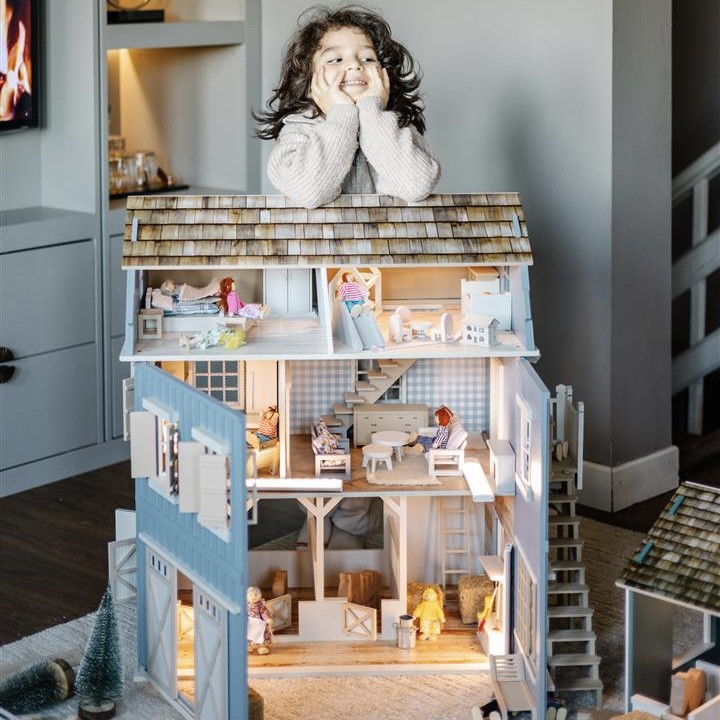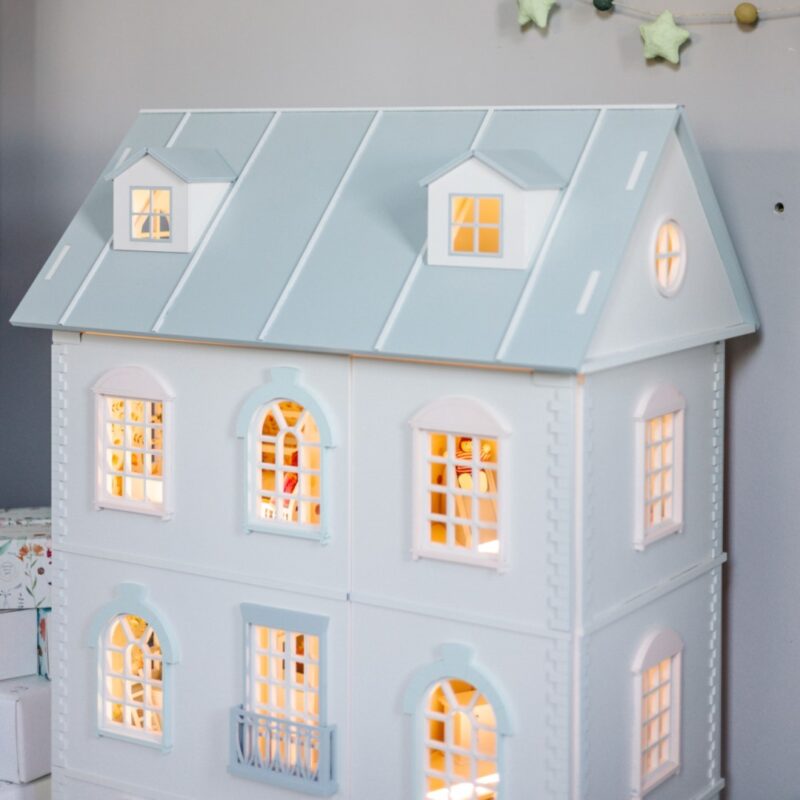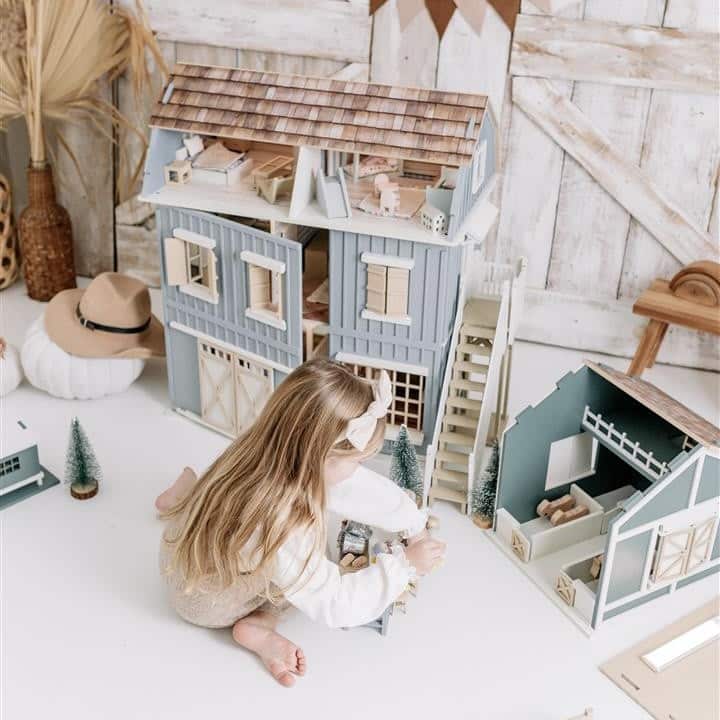Why Minimalist Toys Lead to Maximum Creativity

In a world overflowing with flashy, tech-driven toys, there’s something refreshing about the simplicity of minimalist toys. These pared-down playthings, often made from wood or other natural materials, have gained popularity among parents and educators for their ability to spark creativity in children. Unlike their high-tech counterparts, minimalist toys allow kids to fully engage their imagination without being limited by predetermined storylines or functionalities.
This article delves into why minimalist toys are so powerful in encouraging maximum creativity and how they help children develop key skills such as problem-solving, independence, and imaginative thinking.
Minimalist Toys Encourage Open-Ended Play
Freedom to Imagine
At the heart of minimalist toys is their ability to promote open-ended play. Toys that have fewer features, like simple blocks or wooden dollhouses, provide children with a blank canvas on which they can project their own ideas. Without electronic sounds, flashing lights, or pre-determined play modes, children are free to invent their own stories and solutions.
For example, a simple set of wooden blocks can become anything from a towering castle to a farmyard. This freedom not only stimulates imagination but also boosts cognitive development as children figure out how to turn their ideas into reality.
Fostering Problem-Solving Skills
Learning Through Exploration
Minimalist toys challenge children to engage in critical thinking. Without preset directions or specific outcomes, children must rely on their own problem-solving abilities. A wooden puzzle or a set of construction blocks, for example, encourages kids to explore different ways to achieve their desired result.
This kind of exploratory play is key to fostering resilience and independence. When a child builds a tower of blocks that topples, they learn to adjust their approach and try again. Over time, this builds a mindset that encourages creative problem-solving, a skill that’s useful far beyond playtime.
Comparison Table: Minimalist vs. High-Tech Toys for Creativity
| Feature | Minimalist Toys | High-Tech Toys |
|---|---|---|
| Creativity | Encourages open-ended play, fosters imagination | Predefined scenarios can limit creativity |
| Problem-Solving | Children solve challenges on their own | Often provides automatic solutions, reducing independent thinking |
| Engagement | Requires active participation and thought | Engages through passive interaction, less critical thinking |
| Durability | Often made of natural, long-lasting materials | Made of plastic, prone to breaking or becoming outdated |
| Sustainability | Eco-friendly, typically made from wood or natural materials | Often uses batteries, made from non-recyclable plastics |
Minimalist Toys Build Independence
Self-Guided Play
One of the key benefits of minimalist toys is that they allow children to guide their own play. Without relying on preset features or interactive technology, kids learn to entertain themselves and explore new possibilities on their own terms. Toys like wooden figurines are great examples of how simple designs can inspire children to create entire worlds and narratives independently.
This type of play not only fosters creativity but also helps children develop a sense of autonomy. As they create and experiment with different ideas, children gain confidence in their ability to control and shape their play experiences. This is essential for developing independence, a crucial life skill.
Developing Focus and Attention Span
Fewer Distractions, Deeper Engagement
Unlike high-tech toys, which often overstimulate children with sounds, lights, and instant feedback, minimalist toys encourage deeper concentration. When children engage with a simple toy, such as a set of blocks or a wooden farm-themed dollhouse like the Barn Dollhouse, they focus on the task at hand for longer periods.
This type of sustained focus helps children develop longer attention spans and improves their ability to concentrate on complex tasks. In an era where digital distractions are everywhere, toys that foster focus and mindful play are more valuable than ever.
Timeless Appeal: Why Minimalist Toys Never Go Out of Style
Simple Design, Lasting Value
Minimalist toys, such as the House of London Dollhouse, have a classic appeal that never goes out of style. Their simple design makes them suitable for children of all ages, and their durability ensures they last through years of play. This timeless quality also makes minimalist toys great for passing down through generations, turning them into cherished family heirlooms.
In contrast, high-tech toys often have a shorter lifespan due to rapid technological changes and wear and tear. Minimalist toys, particularly those made from sustainable materials like wood, remain relevant and engaging year after year.
FAQs
Why are minimalist toys better for creativity?
Minimalist toys encourage open-ended play, allowing children to invent their own stories and solutions without being restricted by preset features or narratives.
Do minimalist toys improve problem-solving skills?
Yes, since they don’t offer automatic solutions, children must use critical thinking and creativity to solve challenges, fostering better problem-solving skills.
Are minimalist toys more durable?
Yes, minimalist toys, especially those made from natural materials like wood, are more durable and can last for generations, making them a sustainable choice.
What are some examples of minimalist toys?
Examples include wooden building blocks, puzzles, dollhouses, and figurine sets. These toys have simple designs that promote creative and imaginative play.
Can minimalist toys help develop a child’s focus?
Absolutely. By offering fewer distractions, minimalist toys encourage children to focus on the task at hand, helping to develop longer attention spans and deeper engagement in play.
For more minimalist, creativity-boosting toys, visit Little Forest Animals, where you can explore their eco-friendly and timeless collection of wooden dollhouses and handmade toys designed to inspire open-ended play.

